2018 Marin Wolf Ridge Pro XX1
(discontinued)
| Where To Buy | |||
|---|---|---|---|
Free shipping on orders over $50 (continental U.S. only).
International shipping available. Some exclusions apply. |
|||
Free shipping on orders over $50 (continental U.S. only).
International shipping available. Some exclusions apply. |
|||

"Prove it." We nearly sent an email to suspension designer Darrell Voss following the recent introduction of the Polygon Square One EX bike, which was accompanied by several seemingly outlandish 'BEST BIKE EVARRR' type of statements and bold claims. Even their intro video started off with the line, "What if everything you were ever told was wrong?"
"When you make such sweeping statements you're bound to meet some criticism," we told Voss during a recent conversation. And then we rode a bike that uses a very similar suspension design – the new Marin Wolf Ridge 29er. Did we eat our words? Have Polygon, Marin, and Voss achieved something truly remarkable?
Highlights
- Full unidirectional carbon fiber frame
- 29-inch wheels
- 160mm travel front and rear
- Naild R3ACT - 2 Play suspension with elevated mono-stay and integrated sealed slider
- Developed with biometric data to localize weight on each size
- 336mm bottom bracket height, 66.5-degree head tube angle, and 435mm chainstays
- Full internal cable routing with 6061 forged entry clamps
- 148mm Boost rear axle spacing with Naild 12-3-9 locking QR thru-axle
- 1X drivetrain specific
- Press Fit 92mm bottom bracket shell with ISCG05 tabs
- 2.6-inch tire clearance
- Weight: Sub 30-pounds (claimed, size large without pedals)
- MSRP: $6,799 or $8,599 for complete builds
- Available in July, 2017
|
|
|
|
Naild R3ACT Suspension
"The Wolf Ridge broadens the horizon of what a bike can do," started Matt VanEnkevort, CEO of Marin, during the press launch of the Marin's newest bike. The key, he went on, was integrating a new suspension platform created by a company called Naild.
No longer bound to riding genres and travel ranges, Marin claimed to have made a 160mm travel bike that pedaled incredibly well and descended like a big bike should.
"With this suspension technology we can realize the vision of the one bike to rule all rides," continued Matt Cipes, Marin Product Manager. "To completely blow the doors off the conventions of 120mm trail bike, 160mm enduro bike... it allowed us to deliver this ground-breaking bicycle."

Then Voss, the founder of Naild, took the mic. Following a decade of solitude development, he attempted to explain how his suspension design differs from the norm, why other companies have been going about thing the wrong way for years, and what we could expect to experience on the trail.
"We have never had a good kinematic for bikes before, and that's the bottom line... We've missed a critical element. Inertia of mass of human."
"If you've grown up on mountain bikes you're used to the sluggishness and we accept it. But we shouldn't accept it because it doesn't have to be that way. We're giving up performance based on lack of understanding of what a proper kinematic can be. When you look at the way systems are built today, they don't transfer the energy of the rider into forward propulsion as efficiently as possible."
"All the suspension systems up to now are designed based on the motorcycle concept," Cipes clarified, "where the chassis and the bike outweighs or is equal to the rider. In the case of a bicycle, the bicycle is maybe 10% of the mass of the rider and needs to be looked at in a different way."
|
|
|
|
Voss continued, "When you take the mass of the rider, and you're accelerating the mass of the rider, up until this point all suspensions are linkaged in an arrangement that collapses the suspension during that pedal stroke."
The R3ACT design, Voss claims, considers things in a way traditional static suspension kinematic analysis tools and methodologies don't. "When you apply a load to the drivetrain, it is creating an equipoise to offset the inertia of the human."
This balance of forces is reflected in the suspension design's R3ACT name, which uses a "3" as a nod to Newton's third law – every action has an equal and opposite reaction.
We have never had a good kinematic for bikes before, and that's the bottom line... We've missed a critical element. Inertia of mass of human.
"The way the kinematic is set up, we're blocking movement between the two frame members under acceleration of mass," Voss went on, "but on all other conditions it's free to move. If you hit a bump and you're still under acceleration, the rear wheel will move very freely."
"When you're climbing a hill, on other bikes you'll see forks extend, but then you see the back of the bike compress because you're shifting the weight... If you keep a constant power load into the drivetrain [while riding the Wolf Ridge], you will not see the bottom bracket compress out underneath you."
"We run exceptionally flat squat curves on our system. Why? I believe that you don't want a narrow band of function, you want a broad range and you shouldn't give up something."
Another key claim is improved consistency through the range of travel, ensuring the same response no matter where you are in the bike's travel at any given moment. The lower link is always under compression, never alternating its load path. Moving from tension to compression, as some other bikes do, can give you a strange feeling according to Voss.
While similar in appearance to other four-bar suspension designs, a critical element is hidden within the elevated mono-stay. An integrated cylindrical slider moves up and down as the bike cycles through its travel. A small red air release button is located on a driveside pivot to reset things after big elevation and temperature changes.
|
|
"The goal of this project was to build a large travel, capable bike that behaves like a short travel bike and still tracks the ground... We are not actually building suspension devices, we are building a ground tracing device... What is a ground tracing device? You'll find it very difficult for the tire to break free."
Part of the way Voss keeps the rear wheel tracking the ground is through a drastic reduction in shock damping. "If we look at shocks in general today, we spend a lot of money as consumers on shock technology to control hydraulic flow. We've all been sold a bill of goods that the more hydraulic control we have, the better the ride."

Less damping, Voss says, means less resistance and in turn less loss of energy. While "others rely on damping to compensate for poor kinematics," the R3ACT design comes paired with a FOX Float X2 shock featuring "40% less damping" than a typical light tune – something Marin had to convince FOX to create specially for the Wolf Ridge. Because it's designed to be so efficient, there's also no need for a lockout or quick compression adjustment. When pointed downhill this has benefits claimed by Voss as well: "If you run a system wide open going down a hill, you're going to be hellaciously faster on a system that has zero hydraulic damping."
Geometry
Even the world's best suspension design would be lost if it were paired with poor geometry, but the team at Marin has cooked up a set of numbers that works well for everything from trail riding to enduro racing. They've worked to keep the rider's center of gravity in a consistent location across all sizes, relying on biometric data to evaluate rider dimensions and positions.
The relatively low 336mm bottom bracket height was derived by working backwards from bottom-out, ensuring the bike and cranks retained just enough clearance. Marin relies on a custom 18mm offset KS LEV dropper post to achieve the fit they were after, with all but the size small running 150mm of travel.


On The Trail
We had the chance to throw a leg over the new Wolf Ridge for a day of ride testing on some rowdy and wet trails in Santa Cruz, California.
Suspension setup was unlike anything we've done in the past. Leave the rebound and compression damping wide open, sag the FOX Float X2 rear shock to the 22-25% range, then ride over a curb while pedaling with Voss nearby to evaluate if any changes are needed. Bouncing on the saddle in the parking lot, we had some apprehension about the fast rebound rate and what it might result in on the trail.

As we took off for our ride, the bike's light feel was immediately noticeable. Motoring up road climbs, the pedal response was fast and firm. Diving into singletrack and encouraged by Voss's instructions to power up technical climbs instead of finessing over them with body language, we began pedaling up and over obstacles at every chance. The ability to pedal over sizable ledges, roots, and rocks without breaking our cadence was impressive. Grinning with possibilities, we began riding wheelies uphill over and beyond bumps and curbs without issue – an instance where many bikes tend to drop the front end. The bike rewards a constant and steady power output, covering a good deal of ground quickly. There's no denying that it pedals better than a 160mm bike should.
The bike rewards a constant and steady power output, covering a good deal of ground quickly. There's no denying that it pedals better than a 160mm bike should.
On flatter and flowing terrain, the low sag setting proved to be a benefit as we pumped rollers and berms and were met with small bursts of speed similar to those you'd expect from a shorter-travel ride. Entering a quick and choppy descent, the suspension felt supple and spritely with the rear wheel having a sense of freedom to move that others don't.
Following a large ~6 foot drop we made the decision to slow the bike's rebound in order to keep the bike a bit more controlled deep in the stroke. Our final setting was still a good deal faster than we typically run our bikes, though more tuning time is needed to really dial it in. Large compressions used all of the bike's travel, though it was never harsh at bottom-out.

Slowing the rebound 6-7 clicks also reduced a slightly kicky feeling experienced when light on the bike going over rough terrain or hitting fast jump lips. Jumping the bike is intuitive and fun, and it's remarkably easy to loft the front end into the air. Bunny hopping is a bit more taxing than traditional designs.
Dropping into the final, roughest, and fastest descent of the day as seen near the end of the video above, the bike had a firmer, almost over-damped feel to it than expected. It's clear that Marin needs to work on the shock tune to really dial things in, though they're off to a good start. (UPDATE: Following our ride, Voss took the shock on our test bike to FOX and disassembled it. Upon doing so he and FOX discovered that the shock was equipped with the wrong tune, and was indeed over-damped.)
It pedals with the same efficiency of a bike with 40mm less travel yet is able to smash rough descents much like a long travel 29er should, carrying speed with the best of them – only the shock tune needs work at this time.
Reigning three-time North American Enduro Tour series champion, Kyle Warner, brought up an interesting point when talking about racing the Wolf Ridge this season. "For me one of the most exciting things about the new Wolf Ridge is how much it will simplify my race weekends from a tuning and bike setup standpoint. For the first time ever, I will be able to focus on setting my bike up to descend as well as possible at a race, without having to make a compromise if there is a significant amount of pedaling involved in some of the stages. The bike is so efficient when pedaling that you can get away with running more of a downhill bias and still know that any energy you put into the pedals is going 100 percent into moving you forward. No more switches, lockouts, or stiff setups for the pedally stages. It's just set and forget and enjoy every moment of the trails!"




What's The Bottom Line?
Our short ride confirmed Marin's wild-looking Wolf Ridge and the Naild R3ACT suspension design it is based around makes good on many of its claims, though they're not made entirely clear. As our giggles and laughs attest, this is one fast and fun steed. It pedals with the same efficiency of a bike with 40mm less travel yet is able to smash rough descents like a long travel 29er should, carrying speed with the best of them – only the shock tune needs work at this point. Were we blown away? Is this the next big thing? It certainly feels like a marked improvement in many regards. Given some extra tuning time before the first production frames arrive in July, we're certain Marin will arrive at a real winner. We'll look to put more time on the Wolf Ridge in the future.
Visit www.marinwolfridge.com for more details.

About The Tester
Brandon Turman - Age: 30 // Years Riding MTB: 16 // Height: 5'10" (1.78m) // Weight: 175-pounds (79.4kg)
"I like to have fun, pop off the bonus lines on the sides of the trail, get aggressive when I feel in tune with a bike, and really mash on the pedals and open it up when pointed downhill." Formerly a Mechanical Engineer and Pro downhill racer, Brandon brings a unique perspective to the testing game as Vital MTB's resident product guy. He has on-trail familiarity with nearly every new innovation in our sport from the past several years and a really good feel for what’s what.
Specifications
Rear: e*thirteen TRS Race, Carbon Shell, Machined Aluminum Flanges, 660 Freehub
| Where To Buy | |||
|---|---|---|---|
Free shipping on orders over $50 (continental U.S. only).
International shipping available. Some exclusions apply. |
|||
Free shipping on orders over $50 (continental U.S. only).
International shipping available. Some exclusions apply. |
|||























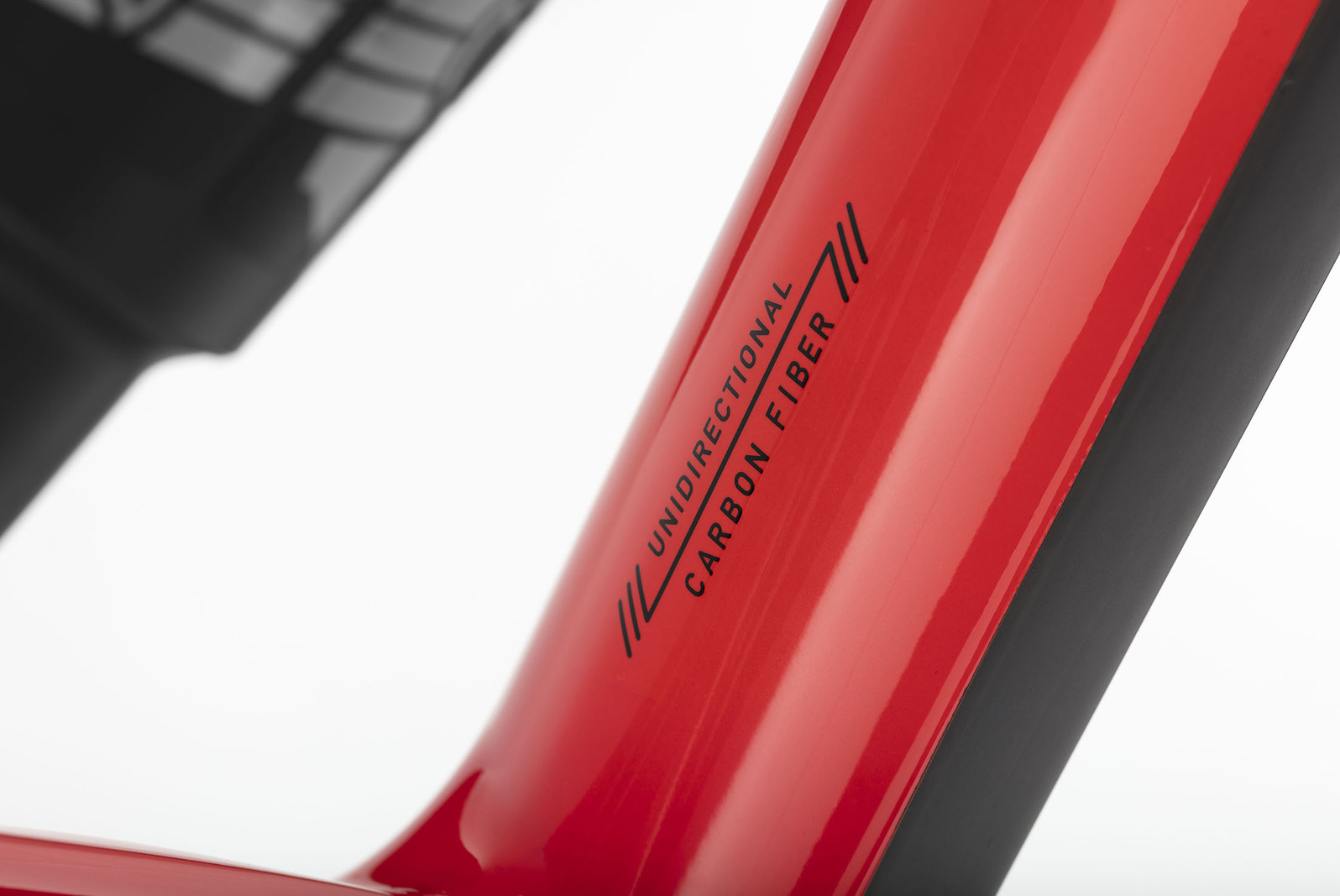












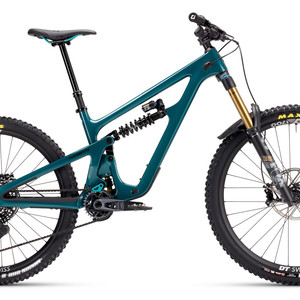
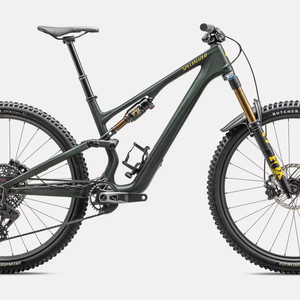

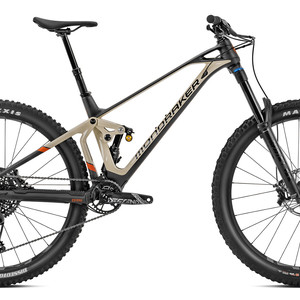
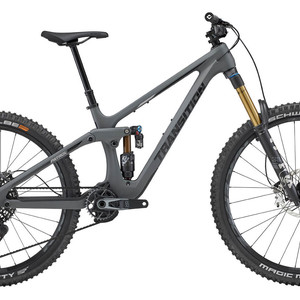
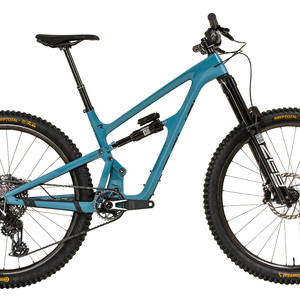

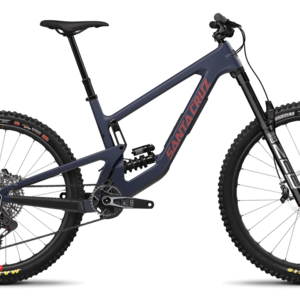






25 comments
Post a reply to: First Ride: 2018 Marin Wolf Ridge Pro and Naild R3ACT Suspension